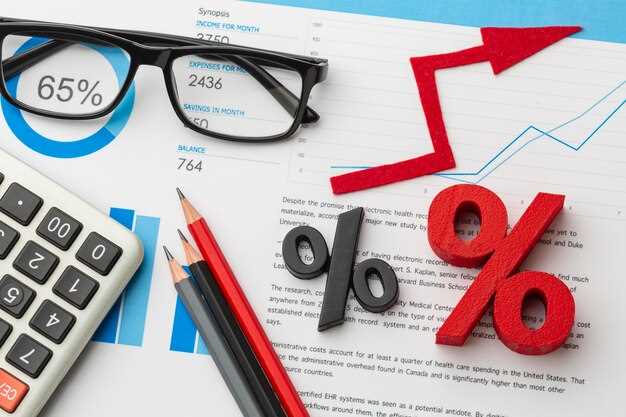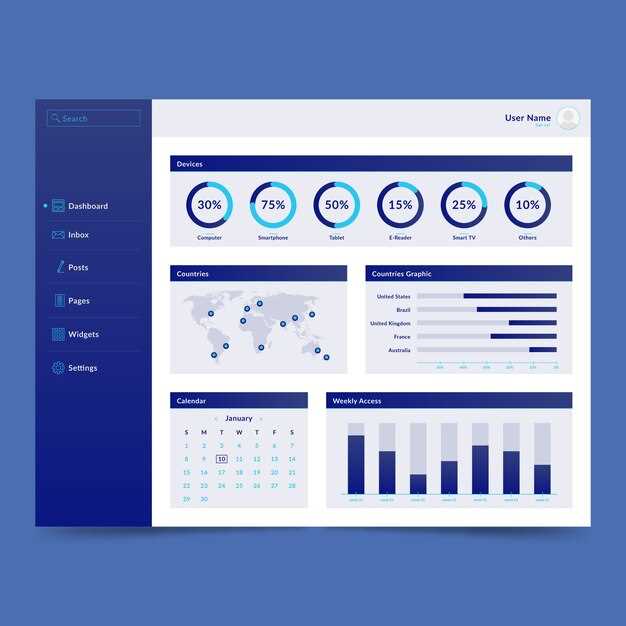Choose Section 179 for immediate tax saving potential when you’re upgrading your rental properties. It allows you to deduct the full cost of qualifying machinery, equipment, and property improvements up to a specified limit in the year of purchase. This can lead to significant short-term tax relief, enabling you to reinvest those savings back into your business promptly.
However, Bonus Depreciation might be your preference if you aim to maximize deductions over a broader category of assets. Unlike Section 179, Bonus Depreciation doesn’t have an annual maximum limit, making it ideal for substantial expenditures. It’s also applicable to both new and used assets, offering flexibility that Section 179 doesn’t always provide.
Evaluate your business needs and growth plans to determine the best strategy. Rapid expansion plans and higher upfront deductions might make Section 179 more attractive, whereas long-term asset management could benefit more from Bonus Depreciation. Understanding the nuances and implications of each option can significantly impact your financial strategy in the rental market.
Understanding Section 179 for Real Estate
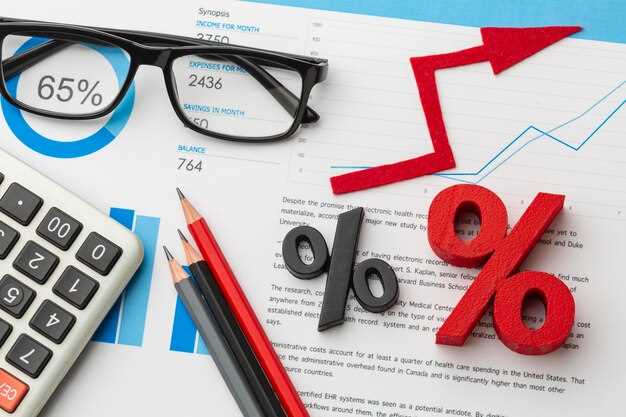
Take advantage of Section 179 to depreciate property improvements effectively. While typically associated with tangible personal property, Section 179 can benefit real estate investors when applied correctly, particularly for rental property upgrades that qualify.
First, determine which improvements are eligible. Section 179 allows you to deduct the full cost of certain property types in the year of purchase, including HVAC systems, roofing, and fire protection systems, provided they meet the IRS criteria for qualified real property. This deduction is especially useful for landlords looking to modernize properties without overextending capital expenditures.
Be mindful of the limitations.While Section 179 offers flexible depreciation options, annual deduction limits apply, reaching up to $1,050,000 in 2021. Moreover, the total amount available for deduction is reduced dollar-for-dollar once the property costs exceed the $2,620,000 threshold.
Timing purchases strategically enhances financial outcomes. By purchasing and placing property in service before year-end, landlords ensure they benefit from the deduction within the current tax year, optimizing cash flow.
Furthermore, balancing Section 179 with Bonus Depreciation can maximize tax savings. Although both allow accelerated depreciation, Bonus Depreciation could apply to more substantial real estate assets. Utilize these tax strategies thoughtfully to increase profitability and expand your rental investment portfolio efficiently.
Eligibility Criteria for Rental Property Owners
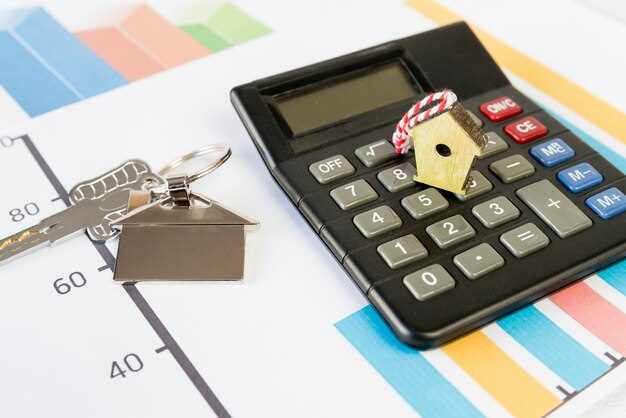
Qualify for Section 179 or Bonus Depreciation by meeting specific requirements. Begin by ensuring the rental property is actively used for business and not personal use. Documentation of active business use, such as rental agreements and schedules, is essential. This establishes the property’s primary function and eligibility.
Verify the asset type you’re attempting to depreciate. Both Section 179 and Bonus Depreciation apply to tangible personal property used to improve rental properties, including equipment and certain building improvements. However, intangible assets like goodwill or trademarks don’t qualify.
Adopt proper accounting practices to maximize benefits. Under Section 179, you can immediately expense qualified property up to a specified limit, while Bonus Depreciation allows a 100% deduction in the first year of service for certain assets, which accelerates tax relief. Assessing each option in relation to your tax situation is crucial for choosing the right strategy.
| Criteria | Section 179 | Bonus Depreciation |
|---|---|---|
| Asset Usage | Business use at least 50% | Primarily business |
| Asset Type | Tangible personal property | Qualified property |
Consider the timing when placing property into service. To leverage these deductions, ensure assets are operational within the tax year intended. Accurate timing affects your tax liability significantly and determines qualification for the current tax period.
Keep up-to-date financial records. Detailed expense tracking and receipt maintenance support depreciation claims and avoid IRS audits. This diligence not only validates your claims but also offers insights into your property’s financial health.
How to Calculate Deductions under Section 179
Maximize your rental property upgrades by making use of Section 179 deductions. First, identify the qualifying property–these include tangible personal property and off-the-shelf software. Review the IRS guidelines to ensure your purchases are eligible. Once confirmed, calculate the total amount spent on qualified items within the tax year.
The deduction limit under Section 179 for 2023 is $1,160,000 with a phase-out threshold of $2,890,000. If your purchases exceed this threshold, your deduction reduces dollar-for-dollar. Therefore, aim to stay within the limits to fully benefit from the deduction. Utilize IRS Form 4562 to report your deductions, providing accurate records of all qualifying purchases.
Make sure your business profits can offset the deduction amount. If your deduction amount is greater than your business income, the excess deduction may be carried forward to future tax years. Keep detailed records of each purchase including receipts and invoices, as these will be necessary for tax filings and potential audits.
Consult a tax professional to verify that your calculations are accurate and that you are maximizing your available deductions. This proactive approach ensures you take full advantage of the deduction, leading to significant tax savings on your rental upgrades.
Limitations and Restrictions for Real Estate Applications
Prioritize Section 179 deductions primarily for tangible personal property associated with rental properties, such as furniture and appliances, but be aware of the annual deduction limit. For 2023, this limit is $1,160,000 with a spending cap of $2,890,000, according to IRS guidelines. If improvements exceed this threshold, Section 179 cannot apply, and bonus depreciation might be a better alternative.
Consider that Section 179 cannot be used for most types of real estate upgrades like structural changes or new additions. Opt for bonus depreciation for these larger investments, which allows a 100% deduction in the year the property is placed in service, without a spending cap. This can prove beneficial for costly renovations or improvements extending the life of the property.
Remember, both Section 179 and bonus depreciation mandates that the property is used for rental purposes more than 50% of the time. Additionally, ensure accurate record-keeping to substantiate claims, as audits can require detailed proof of use and expenses.
Evaluate the property’s classification, as specific types of property–like HVAC systems, roofing, or fire alarm systems–may fall into different categories. Certain assets may qualify for accelerated depreciation methods providing substantial tax benefits over extended periods. Having an in-depth property review and working with a tax professional can assist in optimizing these opportunities within legal constraints.
The Application of Bonus Depreciation in Real Estate Upgrades
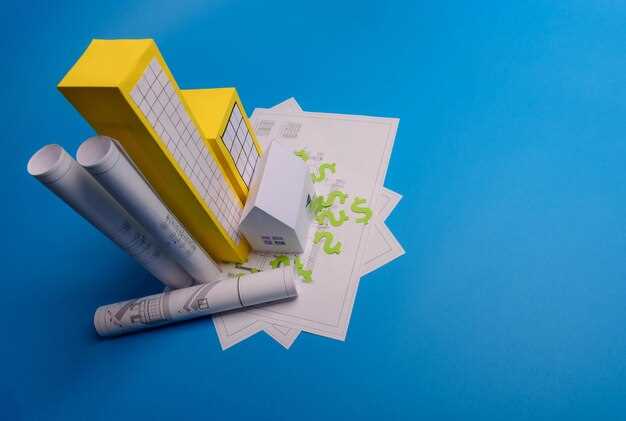
When considering improvements to your rental properties, utilize bonus depreciation to significantly enhance your cash flow. This approach allows property owners to immediately write off a large percentage of renovation costs, accelerating your tax deductions. Here’s a structured guide to applying it effectively:
- Determine Eligibility: Ensure property upgrades qualify for bonus depreciation. This typically includes tangible property with a recovery period of 20 years or less, such as HVAC systems, roofing, and security systems.
- Leverage 100% Deduction: With the Tax Cuts and Jobs Act, eligible property owners can deduct 100% of the cost of improvements in the first year, reducing your taxable income significantly.
- Time Your Investments: Plan upgrades strategically throughout the fiscal year to optimize your annual tax return. Coordinate installations to fall within the same tax year to maximize deductions.
- Professional Consultation: Collaborate with a tax professional who can accurately evaluate which assets qualify and ensure compliance with current tax regulations.
Maximize the financial benefits of upgrading rental properties by incorporating bonus depreciation in your tax strategy. This method not only reduces your taxable income but also bolsters your property value through well-planned enhancements.
Eligibility of Rental Property Improvements for Bonus Depreciation
Consider claiming bonus depreciation for improvements made to rental properties. Certain guidelines ensure eligibility, allowing you to maximize tax benefits effectively. Here’s what you need to know:
- Qualifying Property: The improvements should be tangible property with a determinable useful life. Typical eligible enhancements include kitchen renovations, new flooring, or updated heating systems.
- Placed-in-service Date: The property improvements must be placed in service after September 27, 2017, and before January 1, 2027, to qualify for the current bonus depreciation rate.
- Type of Usage: Ensure that at least 50% of the property’s use is for income-producing activities. This stipulation applies even if you occasionally use the property personally.
- Nature of Improvements: Only improvements with a recovery period of 20 years or less can qualify. Common categories include office furniture, appliances, and landscaping additions.
- Business Use Requirement: Confirm that your rental property operation qualifies as a business. You must actively participate in managing the property and comply with relevant tax guidelines.
Consult with a tax professional to ensure that your specific property improvements meet IRS specifications for bonus depreciation eligibility. This step ensures you achieve optimal financial advantages. Adopting these strategies can significantly enhance your rental property’s profitability.
Comparison with Standard Depreciation Methods
Opting for Section 179 or Bonus Depreciation can significantly reduce your tax burden in the year of purchase. Where traditional depreciation methods tend to distribute the cost over several years, these options allow you to write off the full expense in the current year. This immediate deduction improves cash flow and enables reinvestment into your rental property more quickly.
Standard depreciation methods, such as the Modified Accelerated Cost Recovery System (MACRS), spread the cost over the asset’s useful life. For residential rental property, this typically spans over 27.5 years. If you purchase a new appliance or upgrade, the tax deduction is minimal compared to Section 179 or Bonus Depreciation’s immediate impact.
The key distinction lies in the flexibility and speed of capital recovery. With Section 179, there are limits on the amount you can deduct, as well as the type of property eligible. However, these restrictions still offer more upfront benefits than the methodical pace of MACRS. Bonus Depreciation has fewer limitations, applying even to used property and offering 100% deduction rates through 2022.
Choosing between these options hinges on your business strategy and financial goals. Prioritizing immediate tax deductions can bolster liquidity for further property enhancements, whereas spreading costs may suit long-term asset management plans.
Strategic Planning for Maximizing Tax Benefits
Immediately evaluate the timing of your rental property upgrades to optimize tax benefits through Section 179 and bonus depreciation. Carefully plan purchases or improvements towards the end of the fiscal year. This ensures you can quickly apply deductions and reduce taxable income for the current year.
Consider the Asset Type: Not all assets qualify equally under Section 179 and bonus depreciation. Focus on tangible, personal property like appliances and furniture, which often meet criteria for immediate deduction under Section 179. Structural improvements usually fall under different depreciation rules, so allocate resources accordingly.
Budget Allocation: Strategically allocate your budget between Section 179 and bonus depreciation. Section 179 has annual limits, so prioritize assets that can benefit from immediate expensing to maximize deductions within the allowed cap. Use bonus depreciation for high-cost items exceeding Section 179 limits, providing an extended benefit over several years.
Collaboration with Tax Professionals: It’s beneficial to collaborate with tax advisors who understand the nuances of both methods. A tax professional can help pinpoint the optimal strategy based on your specific financial scenario, ensuring compliance while maximizing deductions.
Stay Informed on Legislative Changes: Tax laws frequently change. Keep up with current legislation to adapt your strategy effectively, taking full advantage of available deductions without missing opportunities due to outdated methods.
Implement these strategies to align your financial efforts with tax benefits, effectively reducing tax burden while upgrading rental assets.
Impact on Cash Flow Management for Property Investors
Choose Section 179 when you need an immediate reduction in taxable income; it’s most beneficial at the start of projects due to its ability to allow immediate expense deductions on qualifying property expenditures. This immediate deduction can result in substantial tax savings for the current year, enhancing liquidity and allowing for reinvestment or operational flexibility.
Alternatively, opt for Bonus Depreciation if your property strategy involves acquiring multiple assets or you’re planning substantial renovations over a short time frame. It lets you depreciate 100% of eligible property costs upfront. This can be a strategic advantage when planning for future growth, as it maximizes current tax benefits and supports rapid cash flow circulation.
Section 179 is capped annually, which necessitates precise forecasting and planning. In contrast, Bonus Depreciation applies without a limit on qualified purchases until 2026 (with a reduced percentage thereafter), which can be more accommodating for larger-scale investment plans. Thoroughly analyze future cash flow needs and assess immediate financial objectives to decide the most suitable method.
Maintain detailed records and collaborate with a tax advisor experienced in real estate to ensure compliance and optimize deductions. Balancing current expenses with tax strategies can enhance wealth accumulation and strengthen your investment portfolio over time.
Year-by-Year Analysis of Deduction Benefits
Opt for Bonus Depreciation if you anticipate significant revenue increases in the future, allowing immediate full deduction of qualified property. This lump sum deduction boosts first-year tax savings, which can be especially advantageous if you foresee your rental income and tax bracket rising in subsequent years. By front-loading deductions, you keep more capital in hand for reinvestment or operating expenses in Year 1.
Conversely, consider using Section 179 for gradual deduction benefits. While both methods allow substantial write-offs, Section 179 offers the flexibility to apply the deduction up to a specified limit, and you can carry over unused amounts to future years. It’s a suitable option if you plan a steady growth trajectory and want to preserve deductions against rental income over the lifespan of the asset.
For Year 2, analyze whether your circumstances favor maintaining cash flow through previous deductions. If rental property cash flow stability is vital, Bonus Depreciation’s comprehensive first-year deduction might have already delivered its maximum benefit. Alternatively, Section 179’s carryover provision means you can adjust deductions annually, ensuring that benefits align with income changes or unexpected repairs, enhancing financial management flexibility.
By Year 3, reassess your strategy. Recent legislative adjustments might affect IRS policies on depreciations. Monitor these changes to adjust your approach, optimizing tax benefits under current laws. Ideally, plan significant property upgrades every few years, continue leveraging Section 179’s adaptability, or benefit from additional qualifying Bonus Depreciation assets.
In subsequent years, maintain this approach. Expand property investments while maximizing Section 179’s tax shield or capitalizing on available Bonus Depreciation, thus sustaining optimal tax positioning annually. Strategically blend both methods to maximize tax benefits, ensuring that your rental investments support your broader financial objectives.
Q&A:
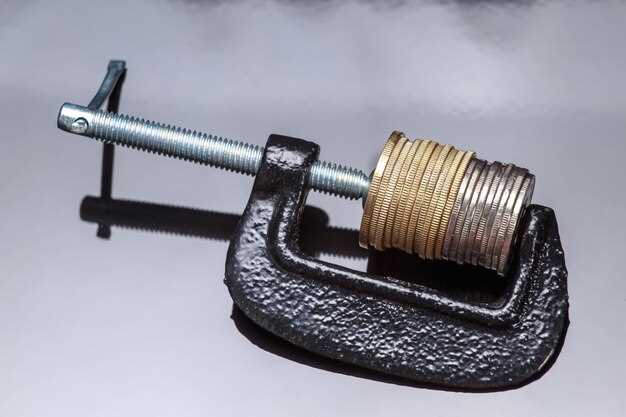
What are the main differences between Section 179 and Bonus Depreciation when it comes to rental property upgrades?
Section 179 allows property owners to deduct the full purchase price of qualifying equipment and software purchased or financed during the tax year. The major distinction with Bonus Depreciation is that while Section 179 has an annual deduction limit and is limited to business income, Bonus Depreciation does not have such a limit or restrictions. However, Bonus Depreciation applies to both new and used property, while Section 179 traditionally applied primarily to new equipment.
Can both Section 179 and Bonus Depreciation be applied to the same rental upgrade items?
Yes, taxpayers can use both Section 179 and Bonus Depreciation on the same item. Typically, they will first apply Section 179 to achieve the maximum deduction allowed, then apply Bonus Depreciation to any remaining basis. This can result in significant tax savings, especially when upgrading rental properties with expensive items.
How does the recent tax reform impact Bonus Depreciation for rental property owners?
The Tax Cuts and Jobs Act (TCJA) made significant changes to Bonus Depreciation, notably by allowing a 100% first-year deduction for qualified property through 2022, including used property. This change is particularly beneficial to rental property owners seeking to upgrade their properties, as it lets them immediately recover costs that would otherwise be spread over multiple years.
Are there any limitations for applying Section 179 deductions in terms of monetary value or type of property?
Yes, Section 179 comes with an annual limit on the total amount of deductions, which is subject to change each year based on federal adjustments. In addition, Section 179 deductions cannot exceed the taxable income from the business, meaning property owners cannot use Section 179 to create a business loss. However, the unused deduction can often be carried forward to future years.
Is it more beneficial for small rental business owners to use Section 179 or Bonus Depreciation?
For small rental business owners, the choice between Section 179 and Bonus Depreciation typically depends on their current financial situation and future projections. Section 179 might be more advantageous for those looking to maximize deductions within a particular year against their business income. In contrast, Bonus Depreciation might be more suitable for businesses expecting consistent or growing income in subsequent years, as it allows for 100% immediate expensing without impacting income limits.
What is the key difference between Section 179 and Bonus Depreciation for rental property upgrades?
Section 179 and Bonus Depreciation are both tax incentives that allow property owners to deduct the cost of property upgrades. The main difference is in their application limits and flexibility. Section 179 lets you deduct the full purchase price of qualifying equipment and software in the same tax year, but it has an annual limit on the total deduction. This can be beneficial if you want to manage your taxable income carefully. On the other hand, Bonus Depreciation allows for a 100% deduction, but it doesn’t have a dollar limit and must be applied to all qualifying purchases within a business year. This option can be more advantageous for large-scale upgrades where the cost exceeds the Section 179 limit.
Can both Section 179 and Bonus Depreciation be applied to the same rental property upgrade within the same fiscal year?
Yes, you can use both Section 179 and Bonus Depreciation for the same rental property upgrade in a single fiscal year. If the property qualifies, you can first apply the Section 179 deduction to the purchase up to its limit. Then, you can use Bonus Depreciation to write off the remaining balance of the cost. This approach allows you to maximize your deductions and manage your taxable income more effectively. However, it’s important to consult with a tax professional to ensure compliance and optimize benefits, as tax laws can vary depending on your specific circumstances.
